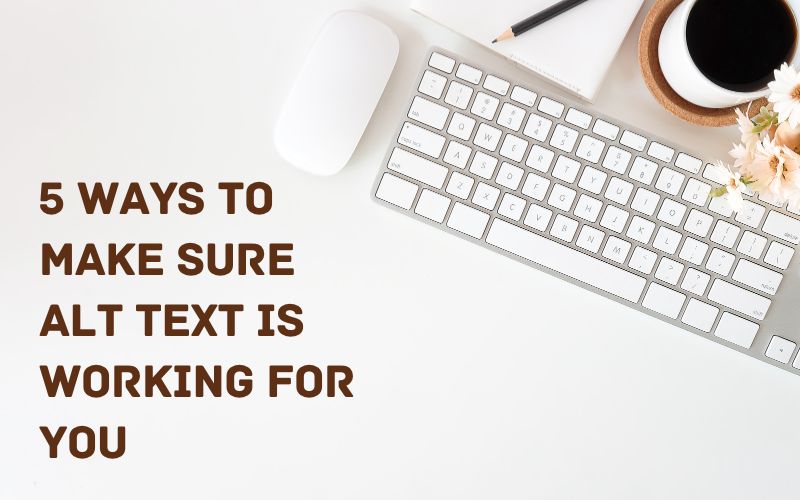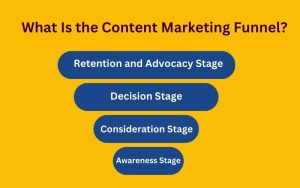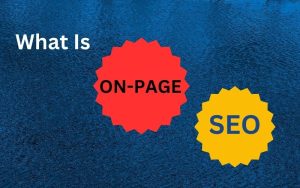Image Alt text is an attribute assigned to images that helps visually impaired browsers understand the contents of the image. Google also uses it to help rank images in their search engine results pages
alt text is important for both users and search engines, so it’s important to ensure that it works for you. Here are five ways to make sure alt text is working for you:
Make sure your image alt text accurately describes the contents of the image
Adding alt text to images is an essential practice for website optimization, especially for those with disabilities. Alt text helps visually impaired users understand what is on the page or in the image. It also provides Google with the necessary information to properly index and rank images on their platform
When adding alt text, it’s important to make sure the alt text accurately describes the contents of the image. This can help to ensure that alt text is helpful for users, while also helping search engines properly index and rank images.
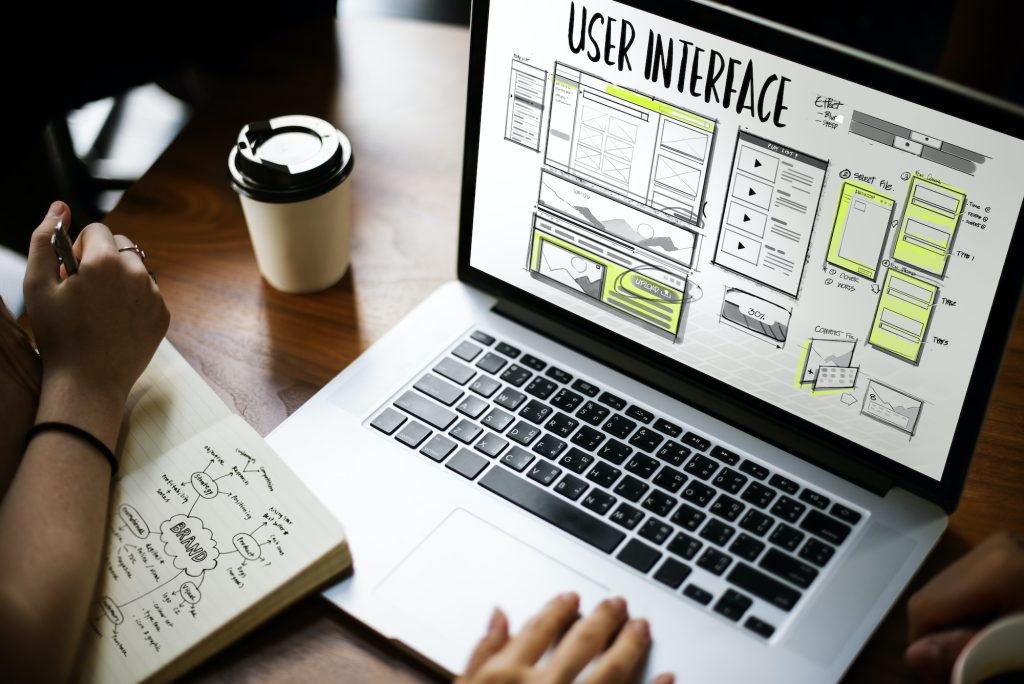
Use keyword-rich alt text to help improve your SEO
Using keyword-rich alt text can help to improve your SEO by making it easier for search engines to index and rank images. When adding alt text, use keywords that are relevant to the image. This will help search engines better understand what the image is about, allowing them to accurately display it in its corresponding position on their search engine result pages3) Keep your alt text short.
Keep your alt text short
Keeping alt text short is important for two reasons. Firstly, it helps ensure that alt text remains readable and understandable for visually impaired users. Long alt texts can often be difficult to comprehend for those with limited vision, so keeping them succinct and to the point is essential. Additionally, long alt texts can also hurt SEO rankings because they are seen as spammy by search engines.
Use descriptive image alt text to help improve the user experience
Using descriptive alt text can help improve the user experience by providing more information about the image. When adding alt text, it’s important to make sure that the alt text accurately describes what is in the image, such as people, places, or objects. Additionally, alt text should be keyword-rich and relevant to the image as this can help improve the visibility of the image on search engine result pages.
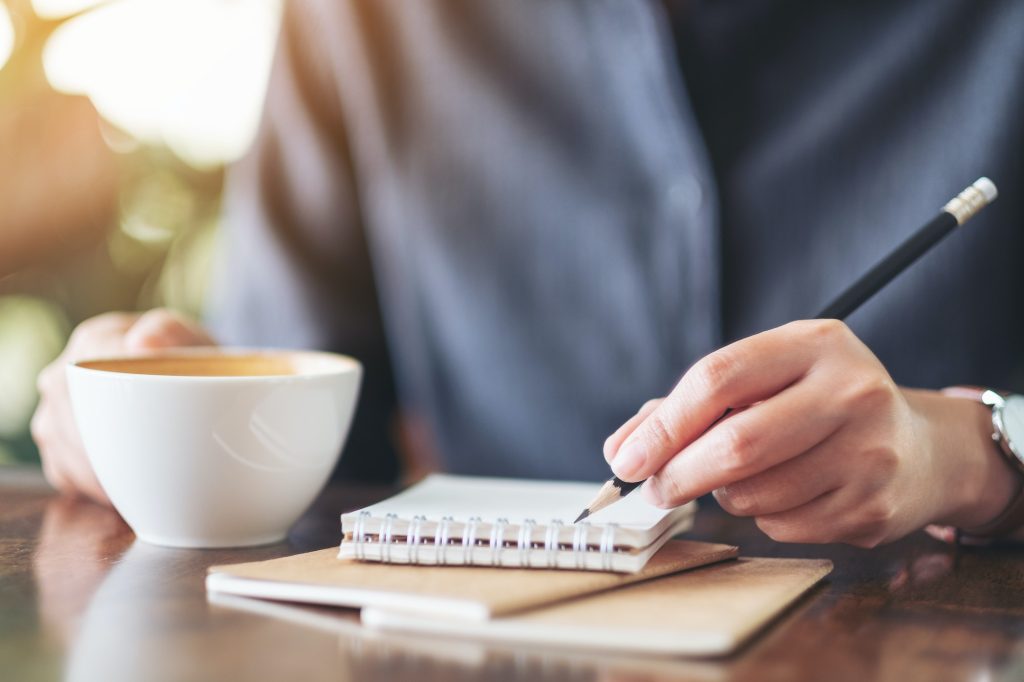
Test your alt text to make sure it's working properly
Testing alt text to make sure it is working properly is an essential part of website optimization. Alt text helps visually impaired users understand what is on the page or in the image, and also provides Google with the necessary information to properly index and rank images on their platform. Therefore, alt text should be tested to ensure that it is correctly implemented and helpful for users and search engines alike. There are several tools available to help test alt text, such as Google’s Alt Text Checker Tool. This tool can help identify any alt text errors or issues that could be affecting the performance of your images in search engine result pages.
Conclusion
alt text is important for both users and search engines, so it’s important to ensure that it works for you. Here are five ways to make sure alt text is working for you: 1) Make sure your alt text accurately describes the contents of the image; 2) Use keyword-rich alt text to help improve your SEO; 3) Keep your alt text short and concise; 4) Use descriptive alt text to help improve the user experience; 5) Test your alt text to make sure it’s working properly. Which of these tips have you found most helpful in optimizing alt text on your website?


